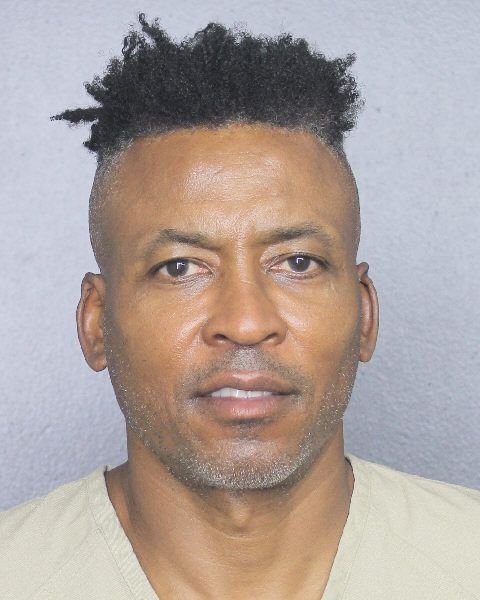The Pros and Cons of Medical Marijuana
/By Joanna Mechlinski, Guest Columnist
If you live with chronic pain, chances are someone has mentioned medical marijuana to you. And why shouldn’t they? It’s constantly being discussed in the media.
So far, 36 states have legalized medical marijuana, and many have extended the qualifying illnesses to include some chronic pain conditions. A 2021 Pew Research Center survey found that 91% of American adults approve of the use of cannabis for medicinal purposes. And a recent Gallup poll found that over two-thirds of adults believe marijuana should be legal for both medical and recreational use.
So to the average person, trying to be helpful, it might seem that cannabis is a simple and obvious answer to a pain patient’s prayers. Unfortunately, it doesn’t work that way for everyone.
In 2019, my rheumatologist suggested I try medical marijuana. Considering that I’d been living with chronic pain for over fifteen years, thanks to lupus and polymyositis, and tried all sorts of medications and treatments to no avail, I was understandably excited.
Although I’d had my hopes dashed numerous times already, I still continued to feel a tiny bit of hope whenever a doctor suggested something new. Maybe, just maybe, this would be the thing that would help alleviate my life of never-ending pain and fatigue. If so many other people were turning to medical marijuana, surely it had to be a good thing?
Like many other pain patients, I was tired of the constant battle to prove I “deserved” opioid painkillers. I was also tired of never daring to mention the fact that opioids were the main reason I was still a productive member of society. Many people choose to ignore that fact and focus instead on the potential for addiction.
Unfortunately, it’s not as if you can just walk into a marijuana dispensary and be handed a life-altering concoction. There’s a lot more to it, much of which no one ever seems to mention.
For starters, not every medical professional is legally permitted to certify a patient for cannabis, which is required in many states. You need to find a doctor or APRN (advanced practical registered nurse) who is --- and it’s usually not cheap.
Here in Connecticut, the practitioner I saw charged $175 for new patients and $125 for a renewal. Then, along with your application, you need to send the state $100. This gets you a medical marijuana certificate, good for only one year, if you have a “debilitating medical condition” recognized by the state.
Different states charge different prices and your certificate or license can last longer, depending on where you live. There are also some discounts - again, not everywhere - for veterans and low-income individuals. Still, the various costs can add up quickly, and they are not covered by insurance.
Your first visit is a consultation, at which you and a staff member discuss your condition and symptoms. Unfortunately, it’s not a one-size-fits-all kind of thing. Your body may react differently to a particular marijuana strain or product than another person suffering from similar symptoms.
So, if you’re like me, you may have to try a wide variety of tinctures, oils, vapes and other products. Each will cost, on average, between $50-$100 for a few weeks’ dosage. You can only pay with cash or a debit card.
Over two years, I returned to the dispensary numerous times, hoping the next product might be the one. But at best, there was just a slight improvement. I was wanting so badly for cannabis to work that it might have solely been in my imagination.
At any rate, I wasn’t willing to keep paying large amounts of money for something that was causing me about 5% improvement at best. More realistically, it was probably closer to zero.
Does all this mean you shouldn’t give medical marijuana a try? Of course not. If you and your doctor feel it may alleviate your pain and is a good option, you should definitely give it a try. Just keep in mind there are a lot of factors to consider, and patience is definitely key to the process.
Joanna Mechlinski is a former journalist who currently works in school transportation. She lives with lupus, polymyositis and fibromyalgia, and is passionate about advocacy.
Pain News Network invites other readers to share their stories with us.
Send them to: editor@PainNewsNetwork.org.











